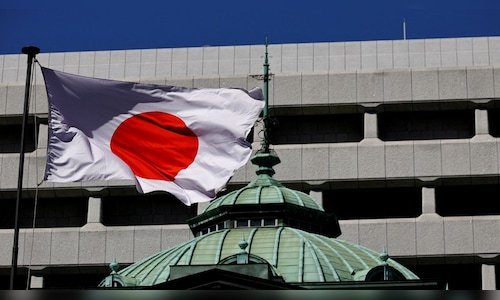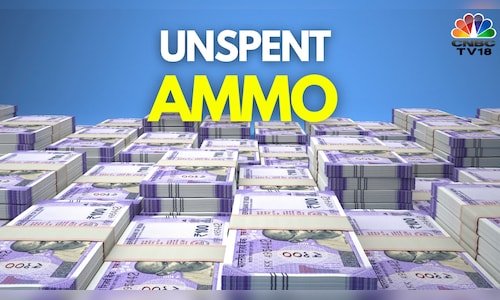A sharp appreciation of the yen could squeeze profits for Japan’s exporters, cool import prices, curb domestic investment and weaken wage growth, posing a challenge for the BOJ to stay on a tightening path, Goldman economists led by Akira Otani wrote in a report released Monday. They added that if the yen strengthens into the low 130s, the central bank could lower its inflation forecast for fiscal 2026 to around 1.5%, falling short of its 2% price target.
Conversely, if the yen slides past 160 — a level that helped trigger a BOJ hike last July — the bank may consider advancing or accelerating further rate increases, the economists said.
The report comes as global markets react to US tariff measures, which have increased demand for safe-haven assets and led investors to reassess the BOJ’s policy outlook. The yen on Monday gained 0.5%, nearly hitting 142 per dollar, its strongest level since September. Goldman also adjusted its dollar-yen forecast in favor of a stronger Japanese currency, which it sees trading at 135 at yearend.
The yen has trended up ahead of trade negotiations between the US and Japan set to kick off this week. Economic Revitalization Minister Ryosei Akazawa, who is leading Japan’s trade talks, said last week that he is open to discussing currency matters if US negotiator Scott Bessent raises the topic. The US Treasury secretary had suggested the yen’s recent gains were consistent with a rising interest-rate environment and higher inflation expectations.
President Donald Trump last month called out China and Japan, alleging the countries disadvantage the US with their currency practices. Prime Minister Shigeru Ishiba and other Japanese officials denied those charges.
Still, Goldman’s baseline scenario is for the BOJ to preserve its current stance of gradual rate hikes, assuming Japan’s economy continues to grow above its potential rate, even in the face of tariff risks.



